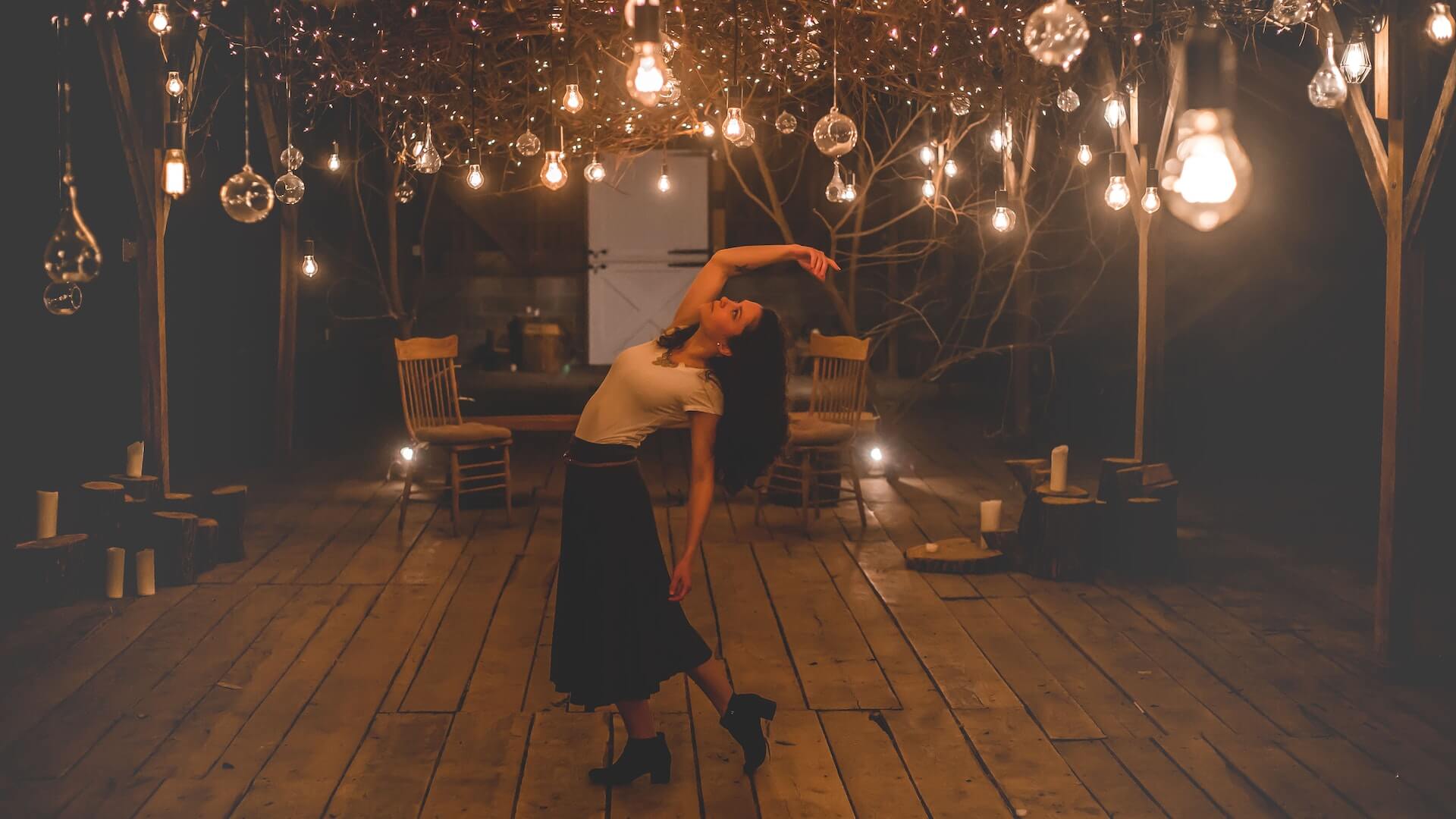Photography is a form of art that requires skill, creativity, and patience. It’s a way to tell a story, capture memories, and express emotions through images. However, even the most seasoned photographers can make mistakes that can ruin their shots. From poor lighting to bad composition, there are many pitfalls that photographers can fall into. Fortunately, these mistakes can be avoided with some careful planning and practice. In this post, we’ll be discussing 10 of the most common mistakes that photographers make and how to avoid them. We’ll cover everything from understanding your camera settings to the importance of proper lighting and framing. By the end of this post, you’ll be equipped with the knowledge and skills to take stunning photographs that tell your story exactly as you want it to be told.
Mistake 1: Over-reliance on automatic mode
One of the most common mistakes that many photographers make is an over-reliance on the automatic mode of their camera. While this mode can be convenient in certain situations, it can also limit your creative control and hinder your ability to capture truly stunning shots.
When you rely solely on the automatic mode, you let the camera make all the decisions for you – from the exposure settings to the focus points. This may result in mediocre or average photographs that lack the personal touch and artistic vision that you are capable of achieving.
To avoid this pitfall, it’s essential to familiarize yourself with the manual settings of your camera. Take the time to learn about aperture, shutter speed, and ISO, and how they work together to create well-exposed and visually captivating images. Experiment with different settings and understand the impact they have on the final outcome of your photographs.
By taking control of these settings, you open up a world of creative possibilities. You can intentionally create a shallow depth of field to isolate your subject, or use a slower shutter speed to capture motion blur. The manual mode allows you to adapt to different lighting conditions and achieve the desired effect you envision for your shots.
Mistake 2: Ignoring composition rules
Composition is a fundamental aspect of photography that can make or break a shot. Ignoring composition rules is a common mistake that many photographers unknowingly make. While rules are meant to be broken, understanding and applying them can greatly enhance the overall impact of your photographs.

One crucial rule in composition is the rule of thirds. This technique involves dividing your frame into a grid of nine equal parts using two horizontal and two vertical lines. The main elements of your image should then be placed along these lines or at their intersections, rather than in the center. This creates a more visually interesting and balanced composition.
Another important aspect of composition is leading lines. By incorporating strong lines into your photographs, whether they are natural or man-made, you can guide the viewer’s eye and create a sense of depth and movement. These lines can be roads, paths, fences, or even the natural contours of a landscape.
Symmetry and balance are also key considerations in composition. While asymmetrical compositions can be visually striking, achieving balance within your frame can bring a sense of harmony and order to your photographs. Pay attention to the placement of objects, colors, and shapes to create a pleasing balance.
Additionally, be mindful of the background and foreground elements in your composition. An overly cluttered or distracting background can take away from the main subject of your photograph. Consider simplifying the background or using a wide aperture to blur the background and make your subject stand out.
Mistake 3: Poor choice of lens for the subject
Choosing the right lens for the subject is crucial when it comes to capturing stunning photographs. However, it is a common mistake that many photographers make, often resulting in subpar images.
One of the main reasons photographers make this mistake is due to a lack of understanding about different types of lenses and their specific uses. Each lens has its own unique characteristics, focal length, and aperture, which directly impact the outcome of the image.
For instance, using a wide-angle lens for a portrait may distort facial features and create an unflattering effect. On the other hand, using a telephoto lens for capturing landscapes may not provide the desired wide-angle view and depth of field.
To avoid this mistake, photographers should take the time to research and understand the capabilities and limitations of various lenses. This will enable them to choose the most appropriate lens for the subject they are photographing.
Another important consideration is the purpose or intended effect of the photograph. If the goal is to capture intricate details, a macro lens would be the ideal choice. If the intention is to isolate the subject from the background and create a shallow depth of field, a prime lens with a wide aperture would be more suitable.
Additionally, photographers should consider the lighting conditions and the environment in which they will be shooting. Some lenses perform better in low-light situations, while others may be more suitable for capturing fast-moving subjects.
Mistake 4: Neglecting the importance of lighting
Lighting is one of the most crucial elements in photography, yet it is often overlooked or neglected by photographers. Whether you’re shooting indoors or outdoors, the quality and direction of light can make or break your photographs.

Many photographers fall into the trap of relying solely on natural light without considering its limitations. While natural light can create beautiful and soft illumination, it is not always available or controllable. This is especially true for indoor shoots or when shooting during unfavorable weather conditions.
To avoid this pitfall, it’s essential to invest in proper lighting equipment. This can include studio lights, reflectors, diffusers, and flash units. Understanding how to manipulate and control light will give you the flexibility to create the desired mood and ambiance in your photographs.
Additionally, photographers should pay attention to the direction of light. Side lighting can add depth and dimension to your subjects, while backlighting can create a stunning and ethereal effect. Experimenting with different lighting setups and techniques will help you develop a keen eye for capturing the perfect light in your images.
Lastly, don’t forget to consider the color temperature of the light source. Different light sources emit varying color temperatures, ranging from warm to cool tones. Understanding how to adjust white balance settings or use color gels can help you achieve accurate and visually pleasing colors in your photographs.
Mistake 5: Lack of attention to details and distractions
One common mistake that photographers often make is neglecting the small details or allowing distractions to ruin their shots.
In the pursuit of capturing the perfect moment, it’s easy to overlook seemingly insignificant elements such as a stray hair, a crooked horizon, or a cluttered background. However, these details can make or break a photograph.
To avoid this pitfall, take the time to carefully examine the scene before pressing the shutter button. Pay attention to every element within the frame and ensure that they contribute positively to the overall composition. Remove any distracting objects or adjust your camera angle to eliminate unwanted elements.
Additionally, be mindful of distractions that can divert the viewer’s attention away from the main subject. This could be anything from bright colors or excessive clutter in the background to unnecessary elements in the foreground. By simplifying the composition and removing distractions, you can create a visually engaging photograph that allows the viewer to focus on the intended subject.
Mistake 6: Over-editing or under-editing photos
Over-editing occurs when photographers become too heavy-handed with their editing tools. They may be tempted to enhance colors, increase contrast, or apply various artistic filters excessively. While these edits may initially appear appealing, they can quickly turn a photo into an unrealistic and unnatural representation of the original scene. Over-editing can result in loss of detail, blown-out highlights, or oversaturated colors, making the image appear artificial and unappealing to viewers.
On the other hand, under-editing is the opposite mistake that photographers often make. This occurs when photographers are hesitant or unsure about making any edits to their photos. They may believe that the original image should be preserved as much as possible, fearing that any adjustments may compromise its authenticity. However, this mindset can lead to missed opportunities to enhance the photo’s overall impact and aesthetics. Under-edited photos may lack visual punch, appear dull or flat, and fail to convey the intended mood or emotion.
To avoid these pitfalls, it is crucial for photographers to develop a discerning eye and a clear vision for their edits. The key is to strike a balance that enhances the photo’s visual appeal while maintaining its authenticity. It is essential to make adjustments that enhance the image’s composition, correct exposure and white balance, and bring out the intended colors and tones, all while preserving the natural essence of the scene.
Photographers should also be mindful of the purpose and context of their photos. Different genres of photography may call for different levels of editing. For example, fine art photography may allow for more creative and artistic edits, while photojournalism requires a more restrained and factual approach.
Mistake 7: Not taking the time to experiment and be creative
In the world of photography, creativity is key. Yet, it is all too common for photographers to fall into the trap of sticking to the tried and true. They become comfortable with their go-to techniques and fail to take the time to experiment and push the boundaries of their art.

Not taking the time to experiment and be creative is a mistake that can hinder your growth as a photographer. It is through experimentation and embracing the unknown that you can discover new perspectives, techniques, and styles that set you apart from the crowd.
Don’t be afraid to step out of your comfort zone and try something new. Venture into different genres of photography, play with different lighting techniques, or experiment with unconventional angles. You never know what surprising and captivating images may result from these creative endeavors.
Remember, photography is an art form and art thrives on creativity and innovation. Take the time to nurture your creativity, allow yourself to make mistakes, and learn from them. Embrace the process of trial and error, as it is often through these experiments that you can unlock your true artistic potential.
Mistake 8: Not investing in learning and improving photography skills
Photography is an art form that requires constant learning and improvement. Many photographers fall into the trap of thinking that they have reached a certain level of expertise and stop investing in furthering their skills. This is a critical mistake that can hinder their growth and limit their potential as photographers.
The field of photography is constantly evolving, with new techniques, technologies, and trends emerging all the time. By not staying updated and continuously learning, photographers risk becoming stagnant and outdated in their approach. The industry is highly competitive, and those who refuse to adapt and improve will quickly be left behind.
Investing in learning and improving photography skills can take various forms. It could involve attending workshops, enrolling in courses, participating in mentorship programs, or even joining photography communities where photographers can learn from each other and exchange valuable insights.
Learning should not be limited to technical aspects alone. It is also essential to explore different genres, experiment with various styles, and study the work of other renowned photographers. By broadening their horizons and embracing new perspectives, photographers can develop a unique and personal vision that sets them apart from the crowd.
Moreover, investing in learning and improvement is not just crucial for professional photographers. Even hobbyists can benefit greatly from expanding their knowledge and honing their skills. The joy and satisfaction of capturing breathtaking images are amplified when one continues to grow as a photographer.
Mistake 9: Comparing oneself to others and seeking validation
Comparing oneself to others and seeking validation is a common pitfall that many photographers fall into. In today’s digital age, it’s easy to get caught up in the endless stream of stunning images shared on social media platforms. It’s natural to feel a sense of envy or self-doubt when scrolling through the work of other photographers who seem to have it all figured out.

However, constantly comparing yourself to others can be detrimental to your growth as a photographer. Every artist has their own unique style, perspective, and journey. Focusing too much on what others are doing can distract you from developing your own voice and vision.
It’s essential to remember that photography is a deeply personal form of expression. It’s not about winning a popularity contest or gaining validation from others. The true value of your work lies in its ability to evoke emotions, tell stories, and capture moments that are meaningful to you and your subjects.
Instead of seeking validation from external sources, focus on honing your skills, experimenting with new techniques, and pushing the boundaries of your creativity. Embrace the process of learning and growth, and celebrate your own progress and achievements along the way.
Rather than comparing yourself to others, seek inspiration from a diverse range of photographers whose work resonates with you. Analyze their composition, lighting techniques, and storytelling methods, but always with the intention of learning and incorporating those elements into your own unique style.
Mistake 10: Not enjoying the process and forgetting the purpose of photography
Photography is not just a technical skill; it is an art form that allows us to capture moments, express emotions, and tell stories. However, it’s easy to get caught up in the technical aspects and forget about the true purpose of photography – to enjoy the process and create meaningful images.
One common mistake that many photographers make is getting too focused on the end result, whether it’s getting the perfect exposure, nailing the composition, or chasing after likes and followers on social media. While these aspects are important, it’s crucial to remember that photography is ultimately a form of self-expression and creativity.
When you’re too fixated on the end result, you may lose sight of the joy that comes from being behind the camera, exploring your surroundings, and capturing unique perspectives. Photography should be a way to connect with the world around you, to immerse yourself in the present moment, and to appreciate the beauty that surrounds us.
Another pitfall is comparing yourself to other photographers or feeling pressured to replicate their style or success. Every photographer has their own unique vision and voice, and it’s essential to embrace your individuality. Instead of seeking validation from others, focus on finding your own passion and purpose in photography. Explore different genres, experiment with new techniques, and allow yourself to make mistakes and learn from them.
Remember that photography is a journey, not a destination. Embrace the learning process, the challenges, and the growth that comes with it. Enjoy the moments of inspiration, the thrill of capturing that perfect shot, and the satisfaction of seeing your vision come to life.
Conclusion
As photographers, it’s crucial to be aware of the pitfalls that can hinder our creativity and the quality of our work. By avoiding these common mistakes, you can elevate your photography skills and capture stunning images that truly stand out. Remember, practice makes perfect, so keep honing your craft and exploring new techniques. Happy shooting!



